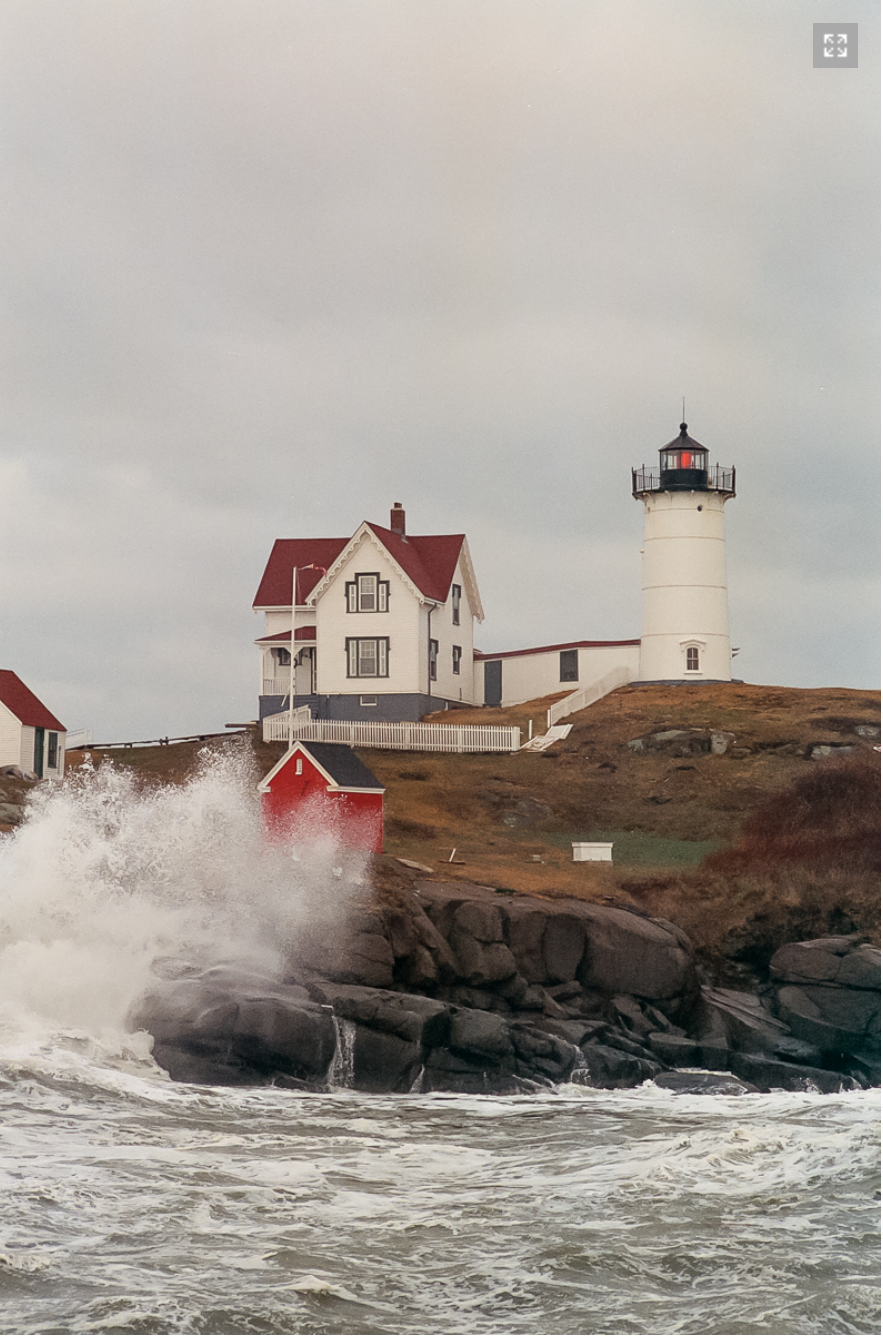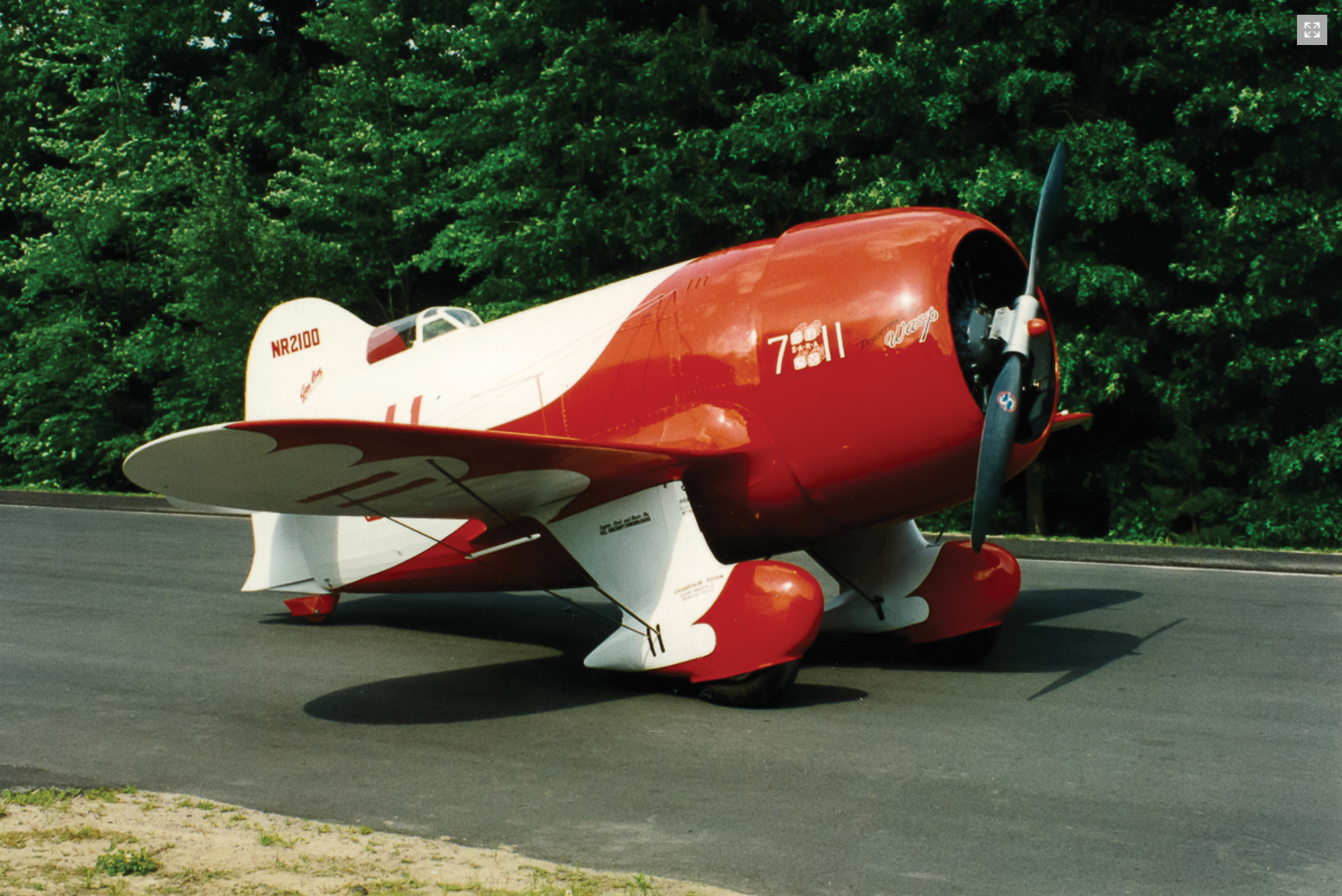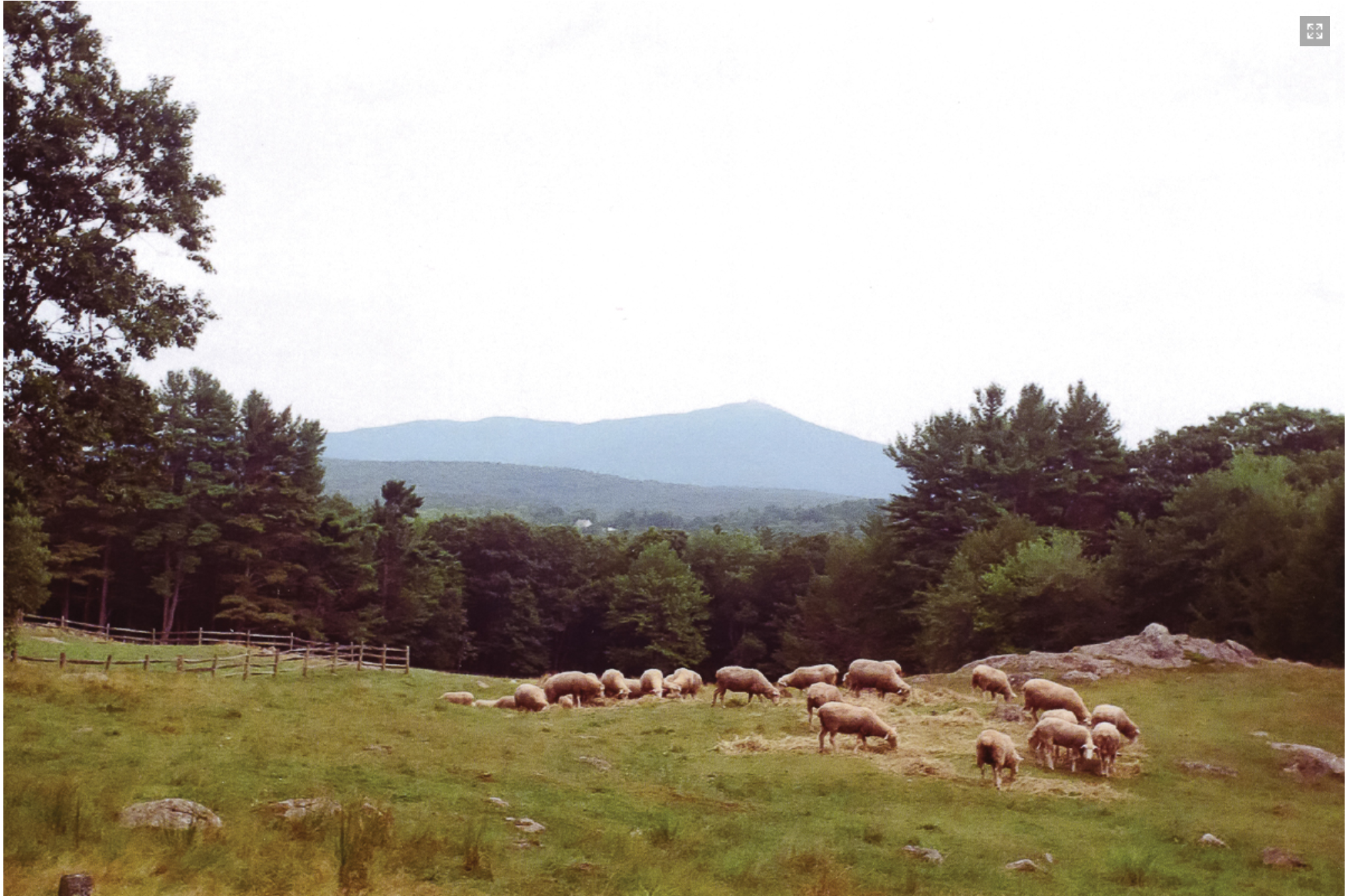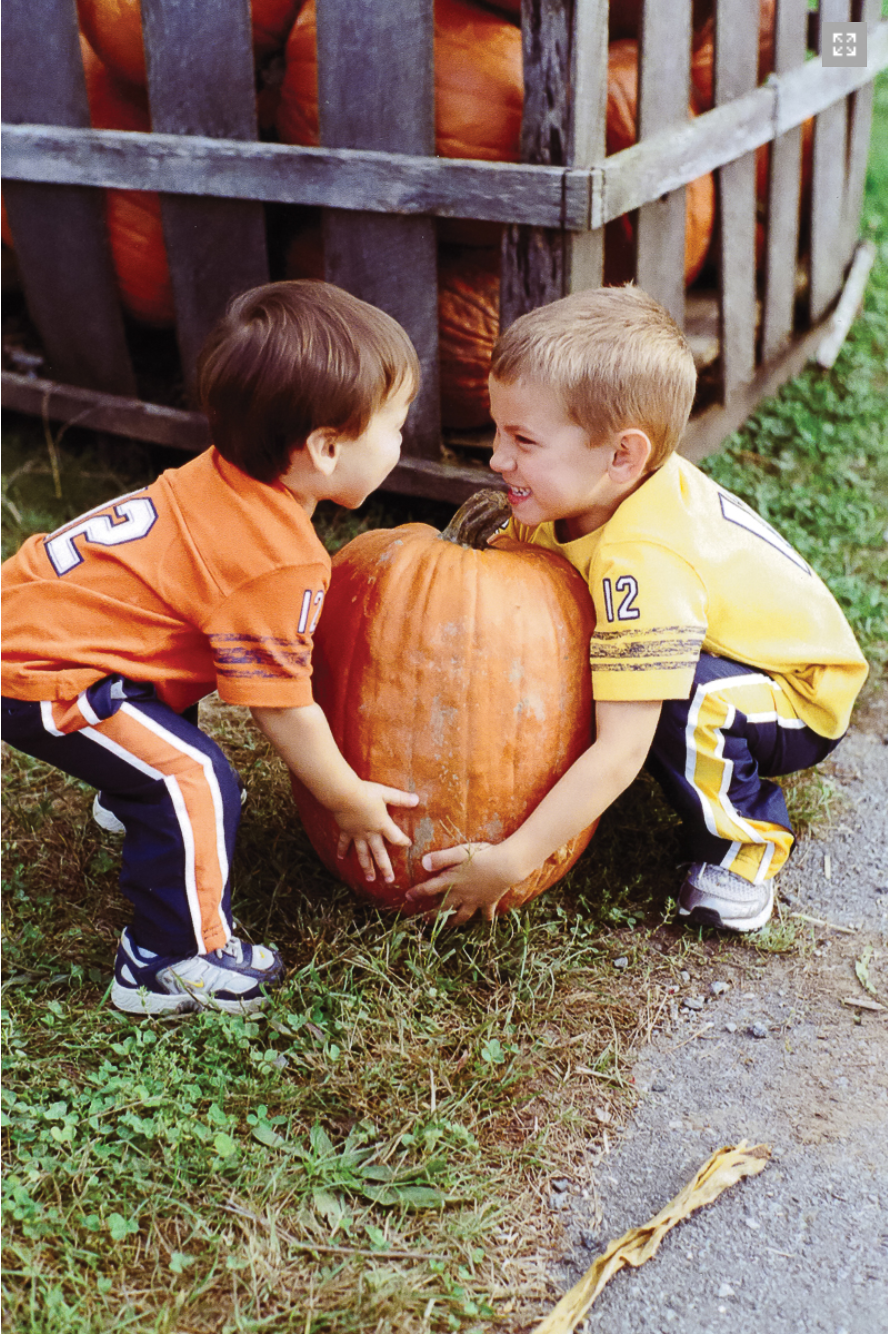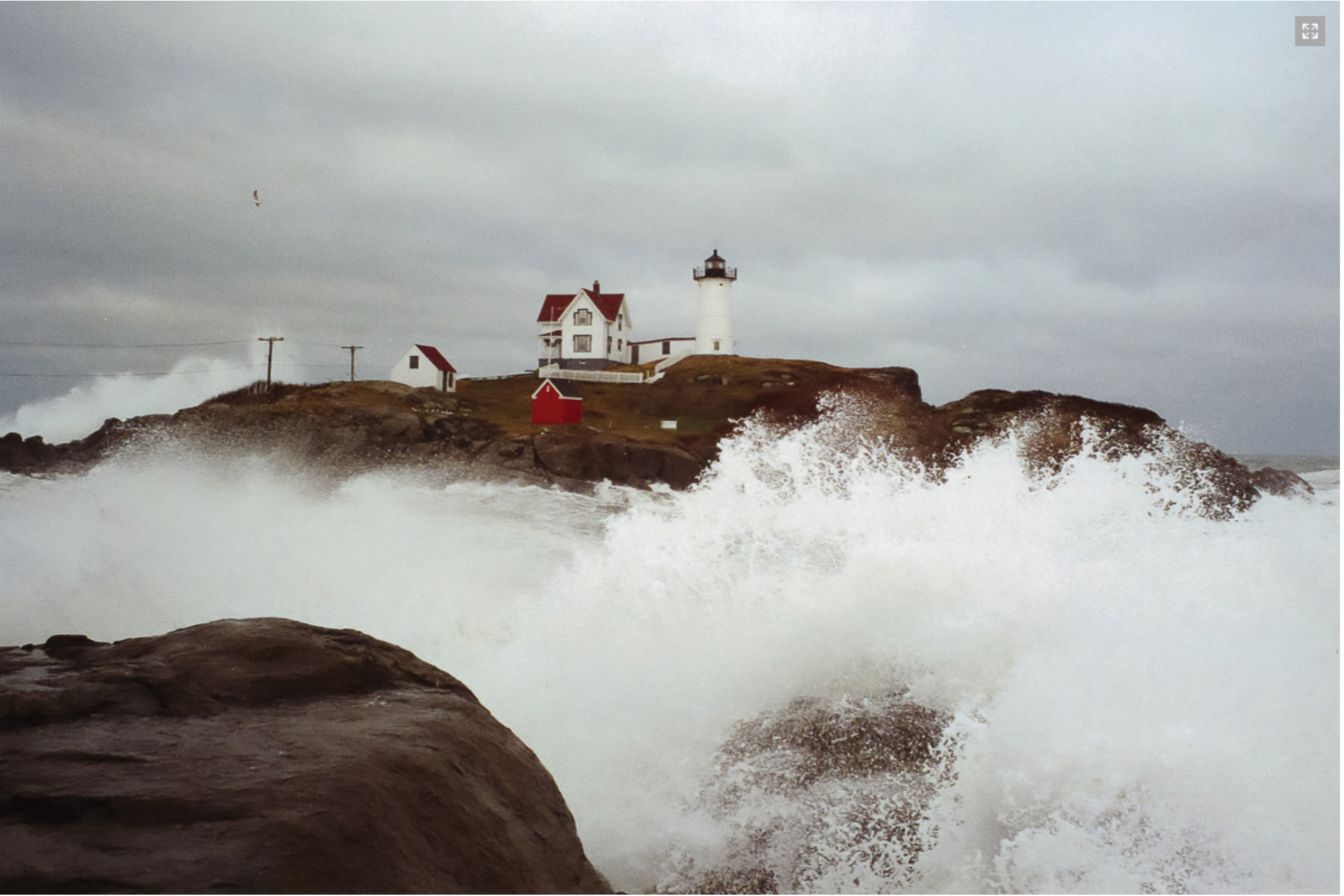A Single Camera for Personal Use and Emergencies?
A single camera with small lens which can be carried under a jacket or in a small bag without any extra gear needed – not even batteries – yet capable of producing excellent prints without computer time? Today’s digital or film cameras produce excellent results, but for a walk with the kids or at a roadside attraction we might want the bare minimum.
My own personal choice for this kind of use is the same Leica model I started within 1951 - a Leica IIIc with 50mm lens using film. A IIIf would be the same, neither of them megabucks to replace. They are totally manual, with no batteries to recharge or replace, and they are immediately ready for a quick shot even after weeks or months of sitting around loaded and waiting. The viewfinder is built-in with almost no parallax compensation required. The magnified rangefinder image can focus in any light and has diopter adjustment for near or far vision. The lenses have manual aperture and depth of field control. And these old cameras are rugged. They can take abuse that might cause trouble with newer models.
The 50mm lenses of the day were collapsible into the camera, which meant that the camera with lens could be easily carried on a strap under a jacket or in a small bag with no external finders getting in the way. The compact lenses could be either the f/3.5 Elmar or f/2 Summitar or Summicron.
So why a 50mm lens? That is what the camera was designed for, so it is very convenient, and I find it a good single compromise between my usual 35 & 90 pair. Use another lens if you want, but you’ll have to put up with the extra finder in the shoe on top. The old camera’s 50mm viewfinder shows a lot more than the 50 frame in the M6 which is cropped for a 28 inch closeup, so I see a semi-wide picture in comparison. Or, one can move in and easily do a close short teleportrait, as in the full-frame example shown here. Also the 50mm pictures have normal perspective, comparable to what the eye sees, somewhere between that 35 and 90.
But what about exposure accuracy without a meter? That’s helped greatly by using color negative or black & white chromogenic films and estimating the exposure by memory of a chart or, as you get more proficient, by experience. But the point is that these films have such an amazing latitude of exposure they can be overexposed by at least three stops, and underexposed by at least two stops, and still produce good prints courtesy of small adjustments in brightness made by the fancy automatic printing machines at the processing station. It’s therefore very easy to get a usable exposure within that five-stop window -- and there will be no blown-out highhlights, no impenetrably dark shadows, with detail in both the darks and the lights in the print -- all with no computer correction required.
On trips by all means take your regular cameras, but also take the small camera and add in a few rolls of film which can either be hand inspected or go through the airport X-ray machines several times without damage. Medium speed films are best for all-around use, my own choice usually ISO 200, a standard speed for which I have had the most experience, and which has perhaps the greatest exposure latitude. Away from home that reliable little IIIc can come in very handy, pulled out of a pocket at the top of a lofty Disney ride, or at a salty and sandy beach.
These pictures were all made with the f/3.5 Elmar lens which I liked because it didn’t intrude into the viewfinder of the IIIc. But changing apertures quickly was slow, so I’m planning to upgrade to the 50mm f/2 Summitar for its extra speed and more easily adjusted apertures.


